Who's Got The Sting: A Guide To Yellow Striped Insects
In the realm of insects, the allure of yellow stripes often serves as a visual warning, signaling both beauty and potential peril. Among these...
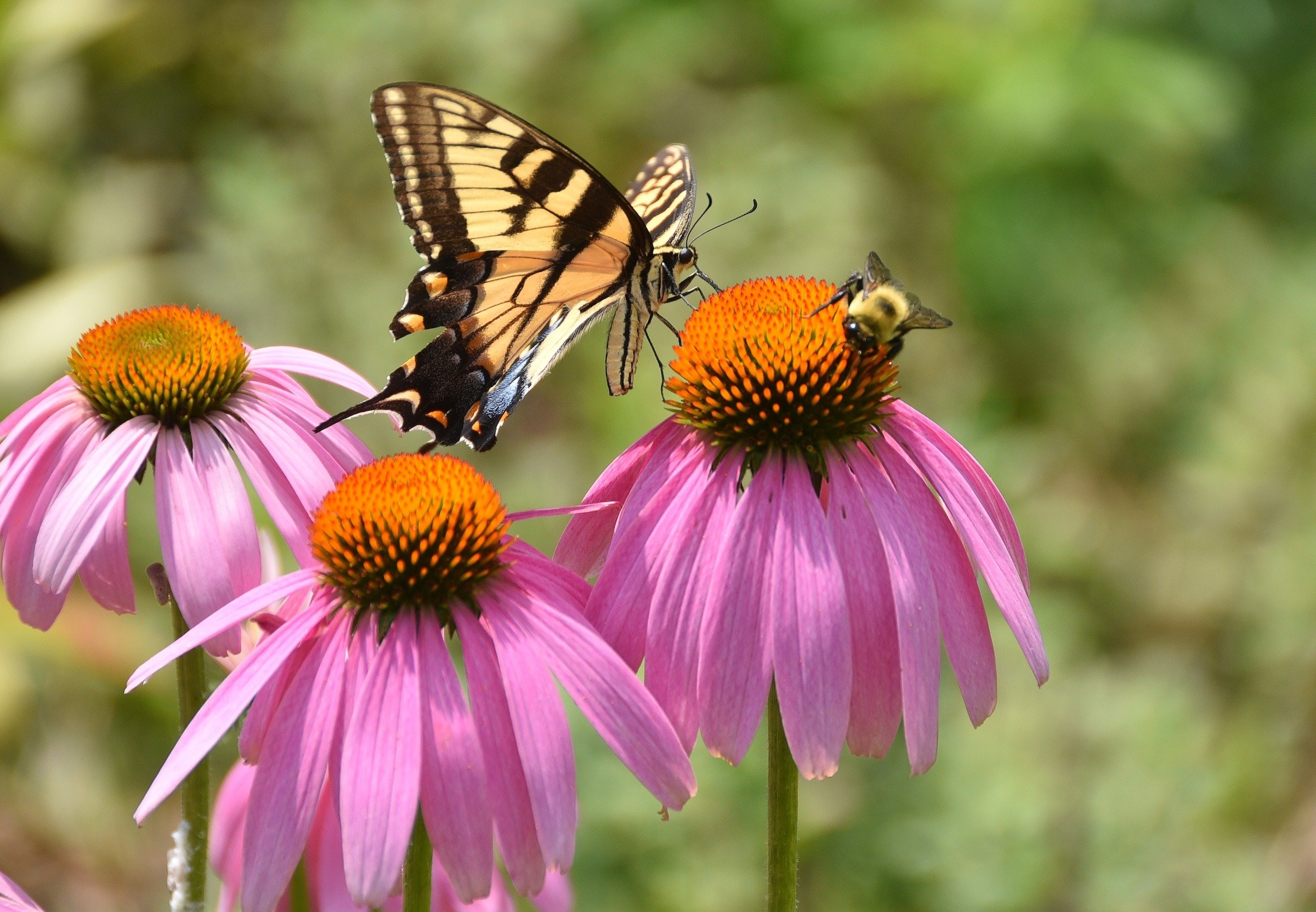
When it comes to gardening and landscaping, native plants are gaining popularity for their numerous benefits. One such remarkable flower is the native purple coneflower (Echinacea purpurea). Not only does it showcase stunning blooms, but it also offers a myriad of advantages for both your garden and the environment. In this blog post, we will delve into the reasons why the native purple coneflower deserves a prominent place in your garden.
The native purple coneflower is renowned for its vibrant and captivating blooms. Its daisy-like flowers feature a prominent cone-shaped center surrounded by striking purple petals. This striking display adds a splash of color to any garden, attracting butterflies, bees, and other pollinators, creating a delightful visual feast for nature enthusiasts.
If you are seeking a plant that thrives with minimal effort, the native purple coneflower is an excellent choice. It is well-adapted to a variety of growing conditions and is relatively low-maintenance. Once established, it exhibits remarkable tolerance to drought, heat, and cold, making it an ideal addition to gardens in different climates. This resilient nature allows even novice gardeners to enjoy its beauty without extensive care requirements.
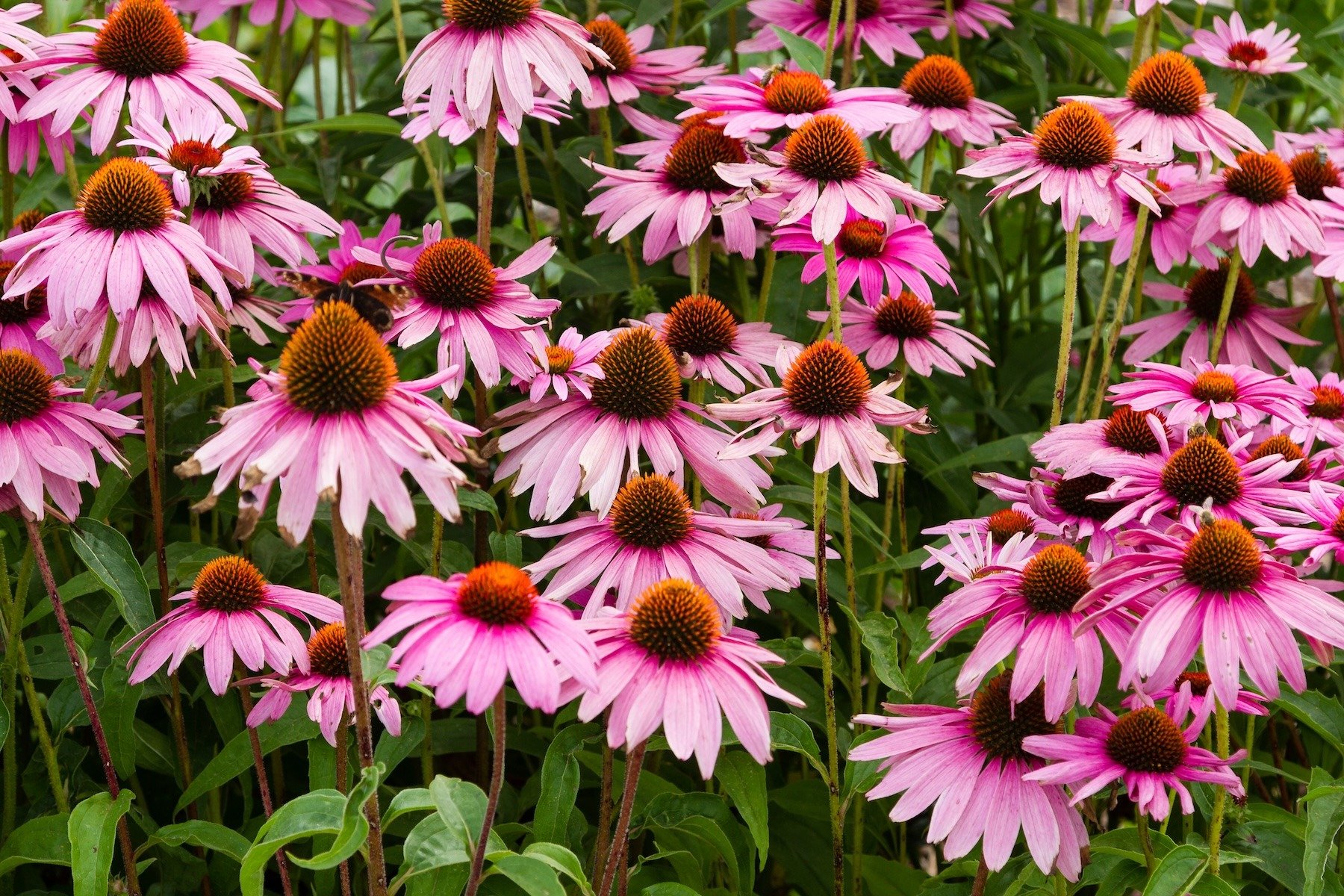
Beyond its visual appeal, the native purple coneflower plays a vital role in supporting the ecosystem. As a native plant, it has co-evolved with local wildlife and provides a source of nectar and pollen for bees, butterflies, and other beneficial insects. By planting this flower, you are contributing to the preservation of native pollinators, fostering biodiversity, and creating a balanced ecosystem in your garden.
In addition to its ornamental value, the native purple coneflower has a long history of medicinal use. Indigenous tribes have utilized its roots, flowers, and leaves for their potential healing properties. Today, it is widely recognized for its immune-boosting and anti-inflammatory properties, with Echinacea supplements being popular natural remedies. Having this remarkable flower in your garden allows you to connect with its rich medicinal heritage.
The native purple coneflower's versatility extends beyond its natural habitat. Its striking form and color make it an excellent choice for various garden styles, including wildflower gardens, cottage gardens, and prairie-inspired landscapes. Whether used as a focal point, a mass planting, or combined with other native species, this flower adds depth, texture, and a touch of wild beauty to any landscape design.
Conclusion:
The native purple coneflower, with its captivating blooms, environmental benefits, and low-maintenance nature, truly shines as a garden gem. By incorporating this remarkable flower into your landscape, you not only enhance the visual appeal of your garden but also contribute to the well-being of local pollinators and the overall health of the ecosystem. Embrace the beauty and benefits of the native purple coneflower, and experience the joy it brings to your outdoor sanctuary.
So why wait? Make room in your garden for the native purple coneflower and witness its enchanting presence unfold year after year.
Note: Before introducing any new plant species to your garden, it is advisable to research and ensure it is suitable for your specific region and growing conditions.
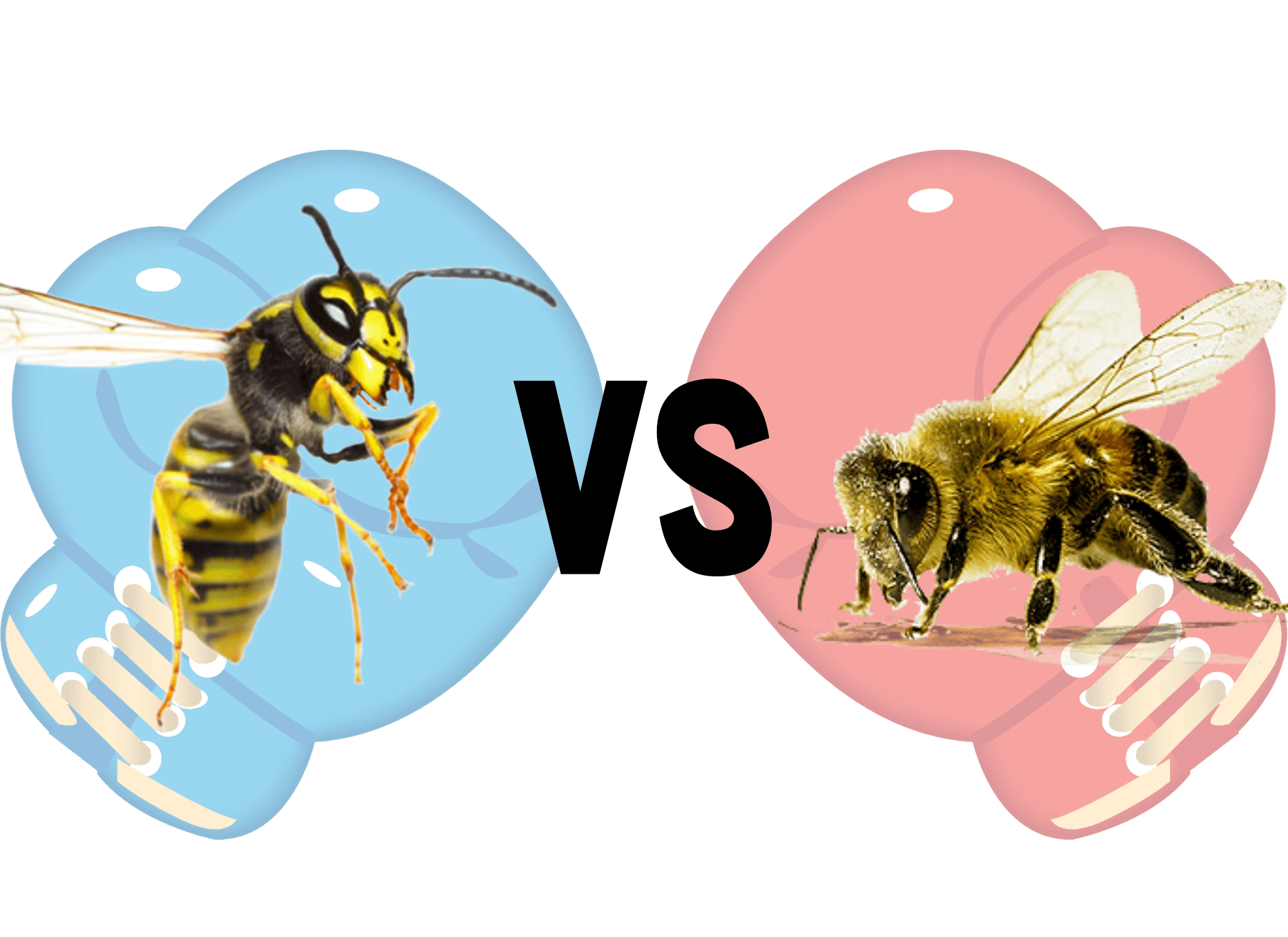
In the realm of insects, the allure of yellow stripes often serves as a visual warning, signaling both beauty and potential peril. Among these...
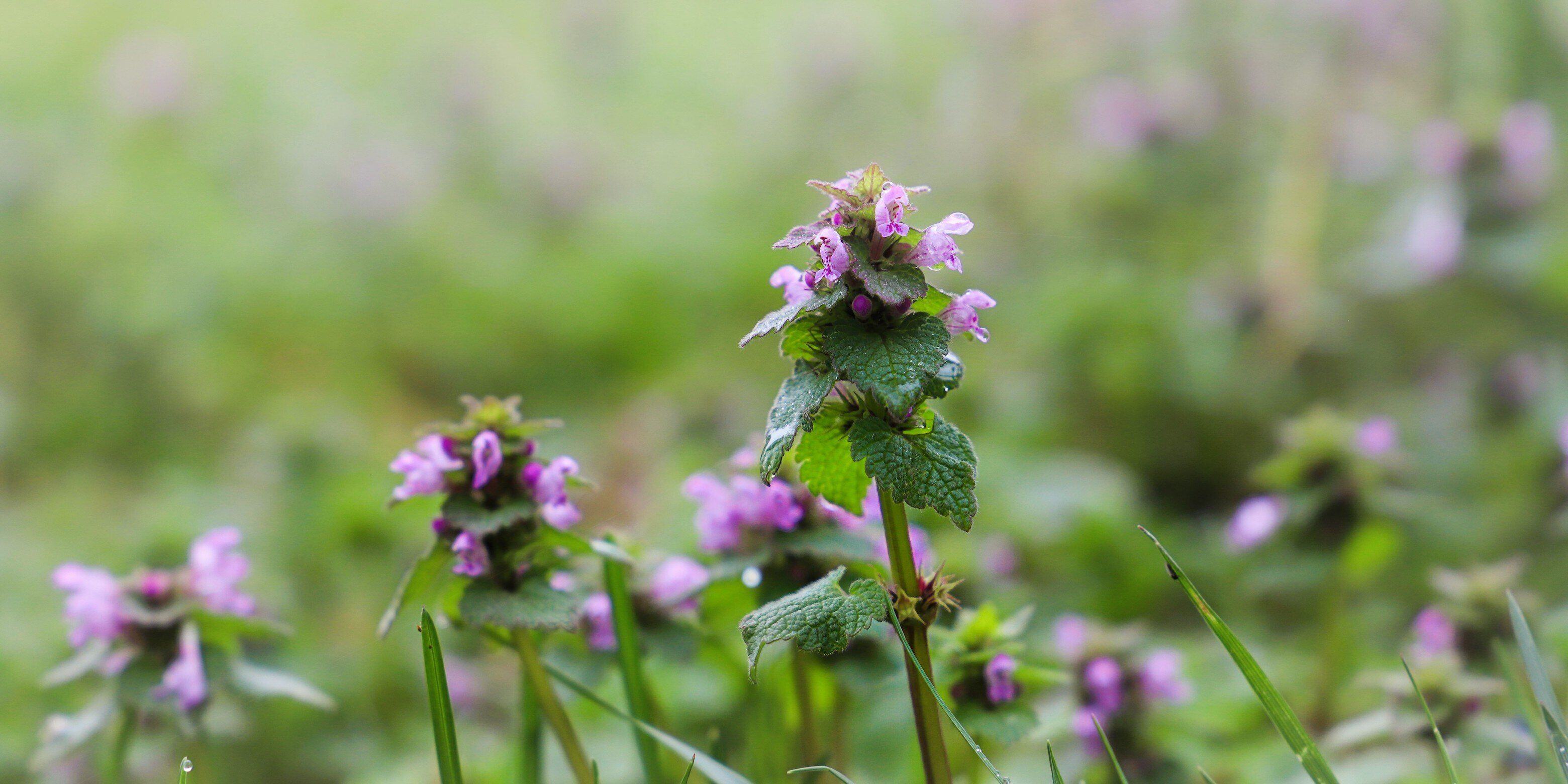
Henbit (Lamium amplexicaule) is a common winter annual weed that thrives in cool, moist conditions. While its small, purple flowers may seem...
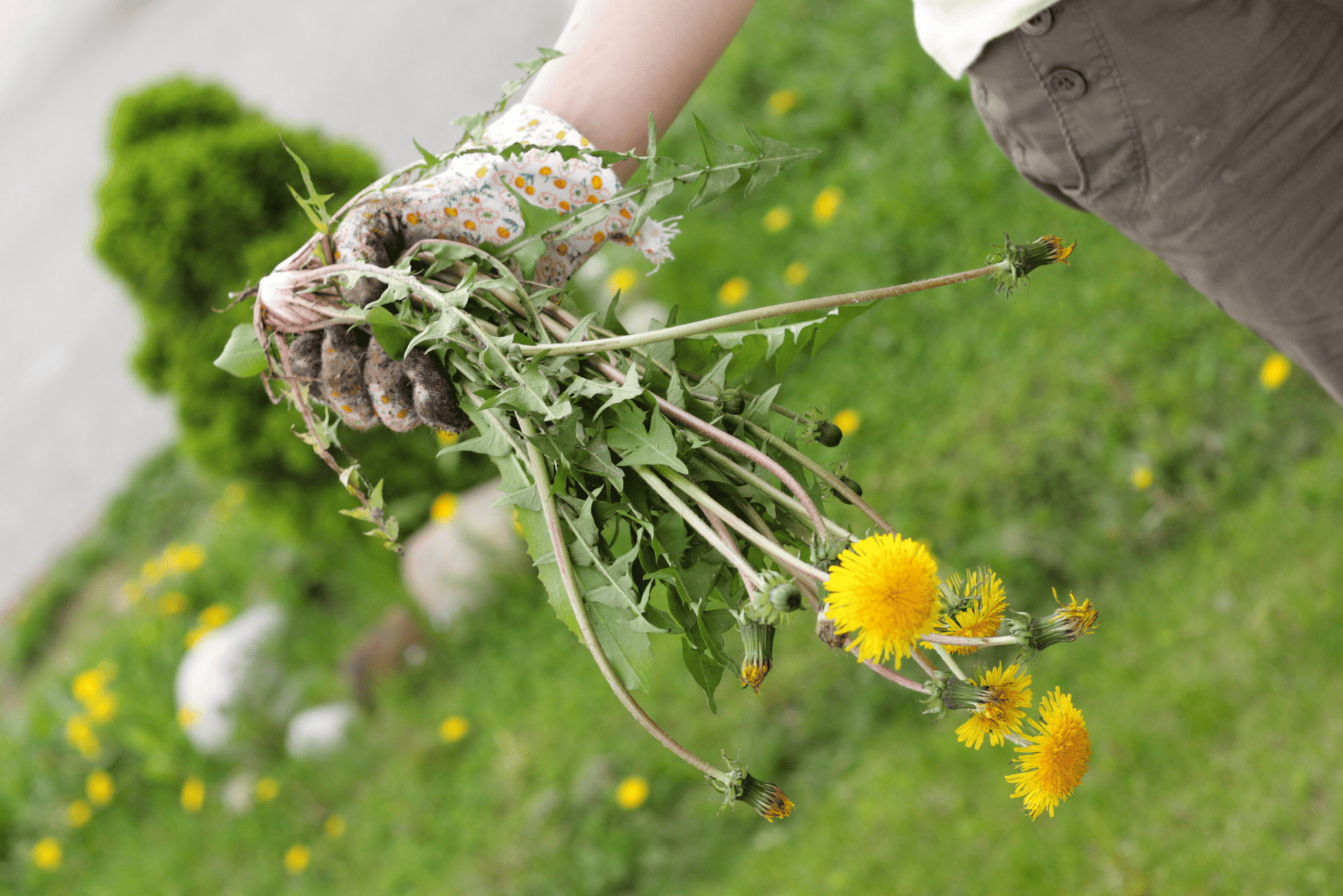
Gardening is an activity filled with intuitive practices—watering, fertilizing, and weeding out the unwanted guests that threaten the beauty and...